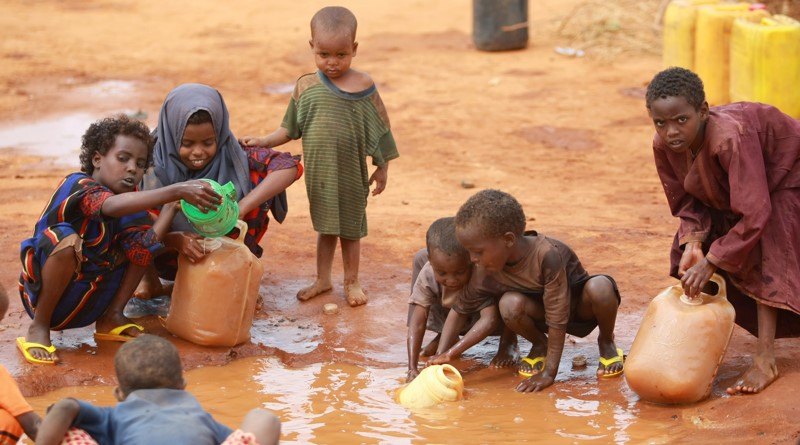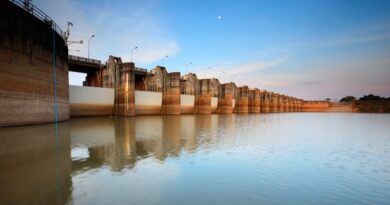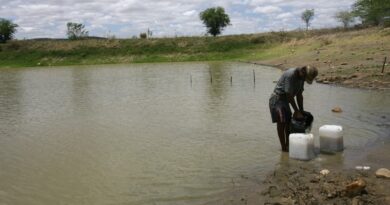Number of people suffering extreme droughts will double by 2100, finds study

Climate researchers have predicted a large reduction in natural land water storage in two-thirds of the world and warned that the number of people facing extreme droughts could double by the end of the century.
A team of researchers led by the Michigan State University (MSU) is leading a global research effort to offer the first worldwide view of how climate change could affect water availability and drought severity in the decades to come. The extensive study is based on a set of 27 global climate-hydrological model simulations spanning 125 years.
While it is widely known that climate change will exacerbate the issue of worldwide water availability, the team said by the late 21st century, the global land area and number of people facing extreme droughts could more than double, going from three per cent during 1976-2005 to seven-eight per cent.
“More and more people will suffer from extreme droughts if a medium-to-high level of global warming continues and water management is maintained at its present state,” said lead author Yadu Pokhrel, associate professor of civil and environmental engineering in the College of Engineering at Michigan State University
“Areas of the Southern Hemisphere, where water scarcity is already a problem, will be disproportionately affected,” he said. “We predict this increase in water scarcity will affect food security and escalate human migration and conflict.”
The research team, including MSU postdoctoral researcher Farshid Felfelani, and more than 20 contributing authors from Europe, China and Japan are projecting a large reduction in natural land water storage in two-thirds of the world, also caused by climate change.
Land water storage, technically known as terrestrial water storage (TWS) is the accumulation of water in snow and ice, rivers, lakes and reservoirs, wetlands, soil and groundwater — all critical components of the world’s water and energy supply. TWS modulates the flow of water within the hydrological cycle and determines water availability as well as drought.
“Our findings are a concern,” Pokhrel said. “To date, no study has examined how climate change would impact land water storage globally. Our study presents the first, comprehensive picture of how global warming and socioeconomic changes will affect land water storage and what that will mean for droughts until the end of the century.”
“Recent advances in process-based hydrological modeling, combined with future projections from global climate models under wide-ranging scenarios of socioeconomic change, provided a unique foundation for comprehensive analysis of future water availability and droughts,” Felfelani said. “We have high confidence in our results because we use dozens of models and they agree on the projected changes.”
The research was conducted under a global modeling project called the Inter-Sectoral Impact Model Intercomparison Project.
“Our findings highlight why we need climate change mitigation to avoid the adverse impacts on global water supplies and increased droughts we know about now,” Pokhrel said. “We need to commit to improved water resource management and adaptation to avoid potentially catastrophic socio-economic consequences of water shortages around the world.”



